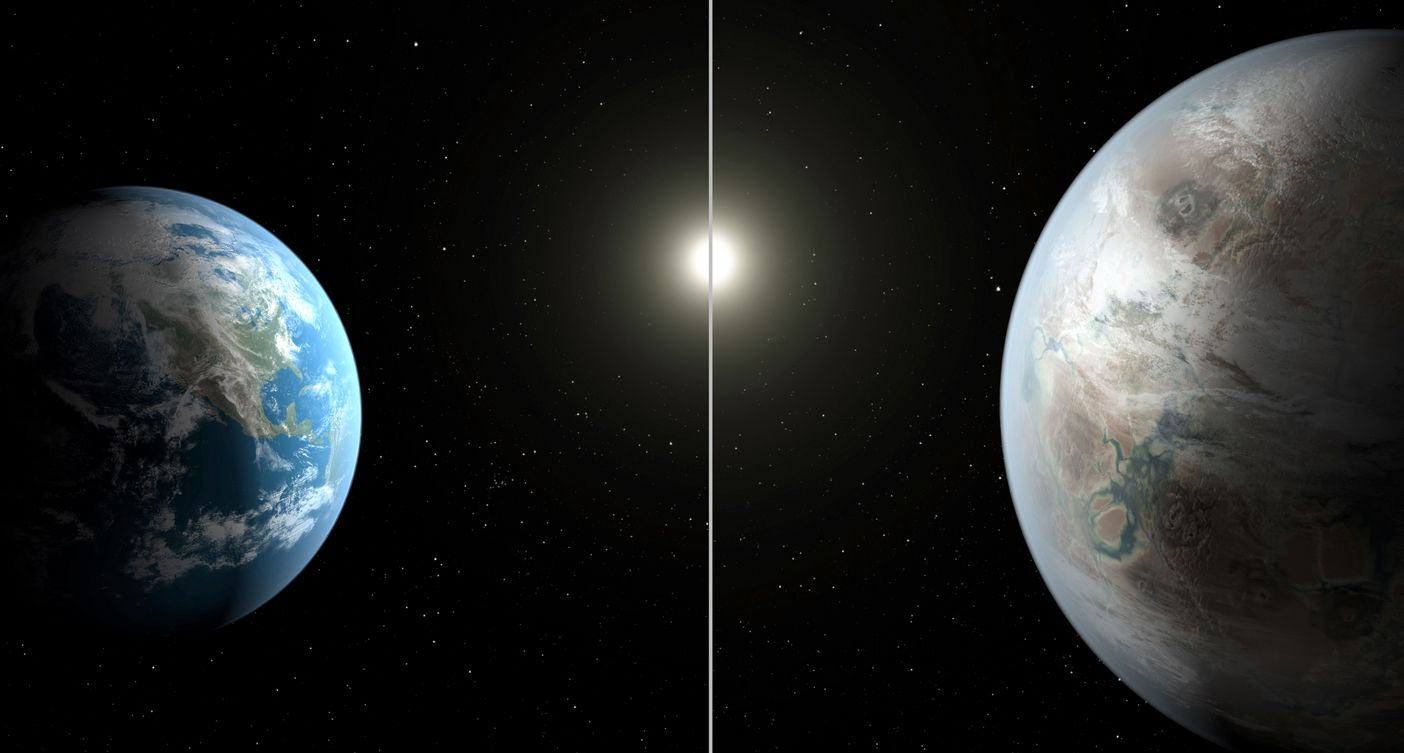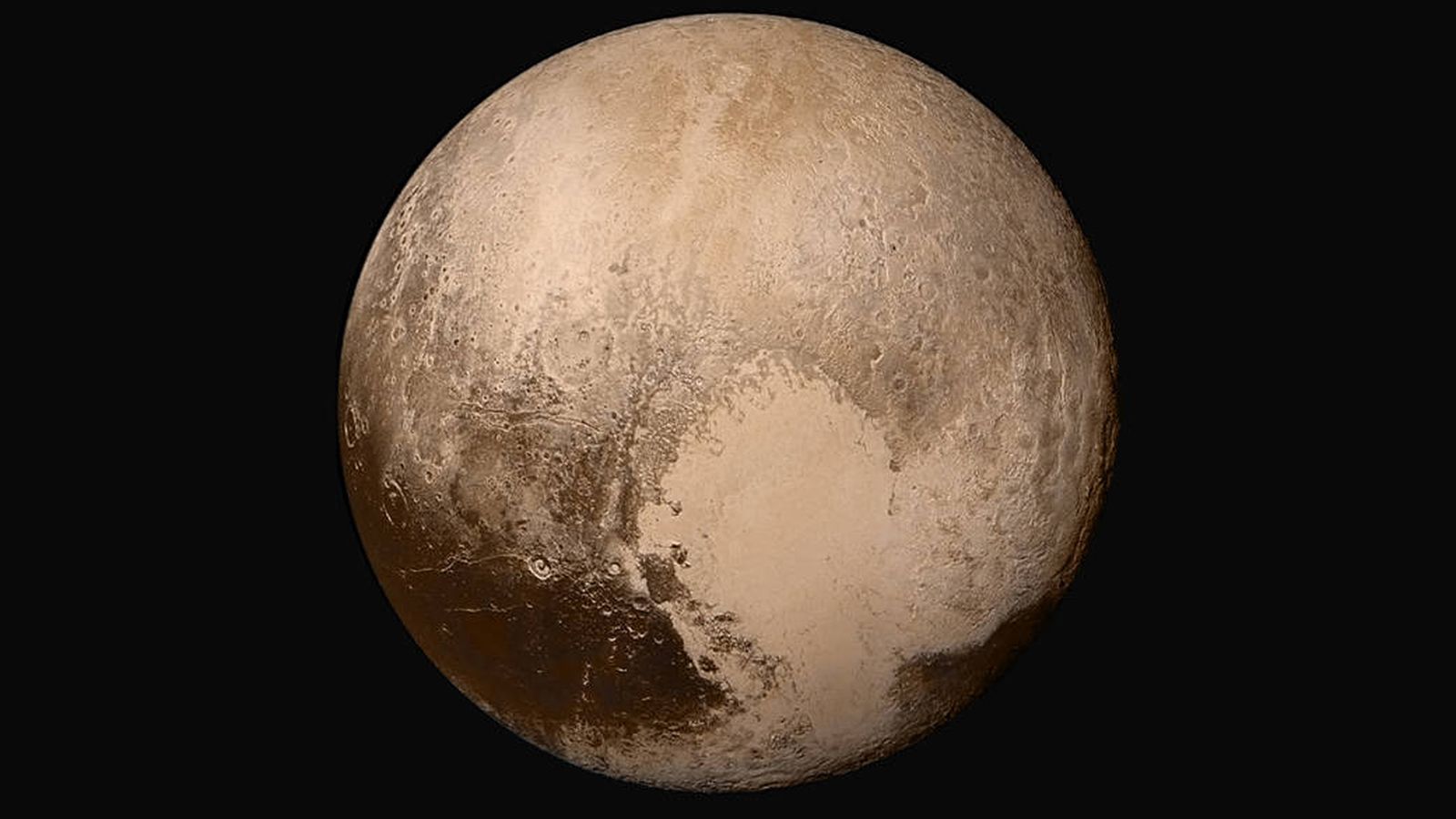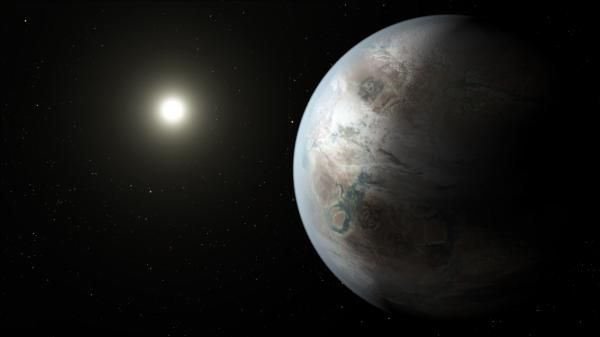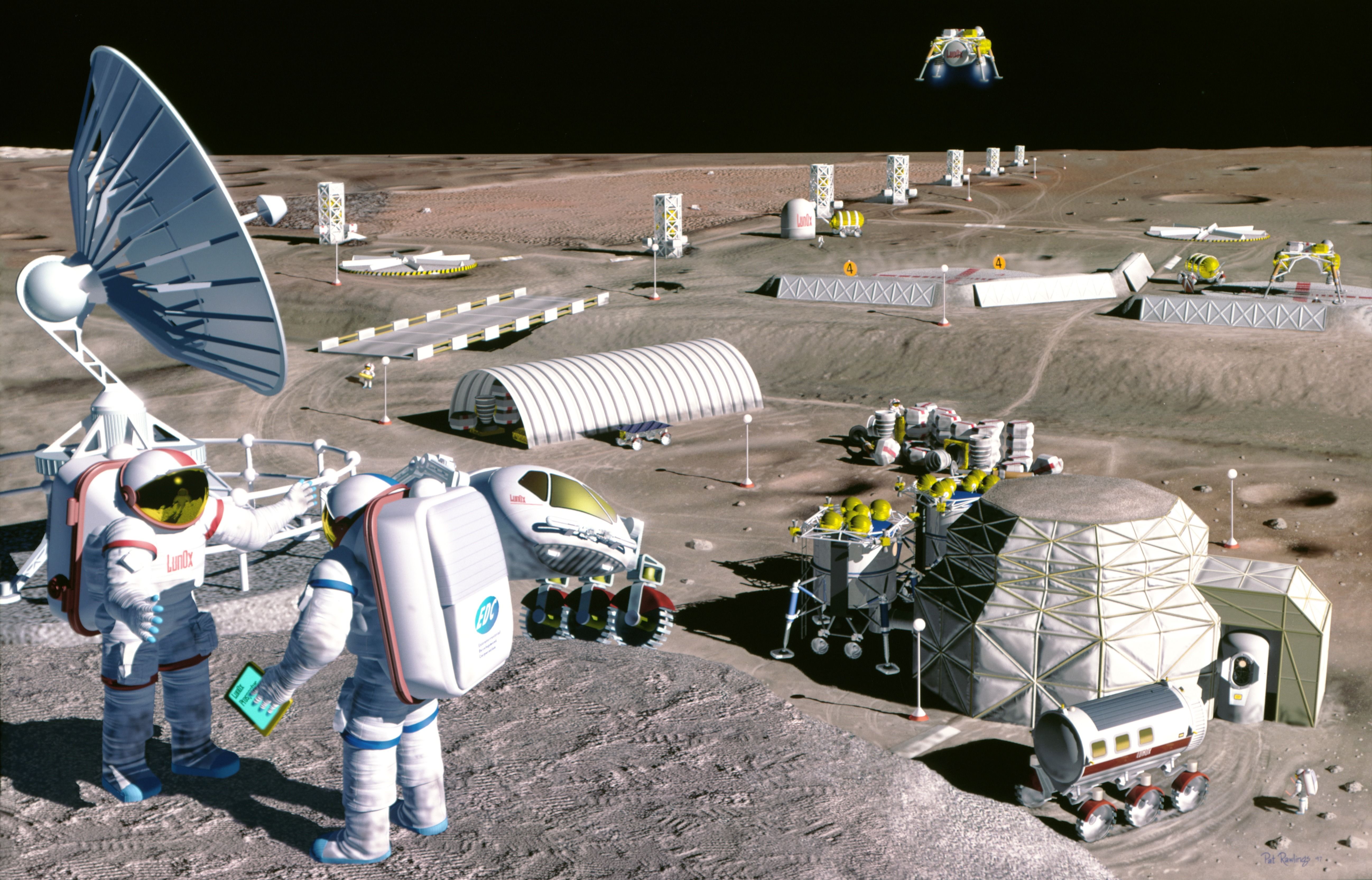Here’s something cool to watch: the first ever Soviet science fiction movie, Aelita: Queen of Mars, directed by Yakov Protozoan from 1924.


Here’s something cool to watch: the first ever Soviet science fiction movie, Aelita: Queen of Mars, directed by Yakov Protozoan from 1924.
https://www.youtube.com/watch?v=padMOR9iZMM
The crew aboard the spaceship Argo has just awoken from hypersleep to a nightmare. Having spent the last twenty years searching for a new home to salvage humanity from a dying earth they return home and find something has gone terribly wrong. They have been mysteriously impelled 200 years into the future and find not a trace of any human life. The Argo’s Commander, Dr. Richard Adams is determined to find some answers and, aided by the ship’s surgeon, Rod Lewis, and onboard Artificial Intelligence, Clarke, decides to explore the one clue to the massive floating O’Neill colony named L5. After an exploratory skiff goes missing inside the colony, Adams and Lewis venture inside themselves to find the answers they seek, nothing can prepare them for what they are about to find.

This artist’s concept compares Earth (left) to the new planet, called Kepler-452b, which is about 60 percent larger in diameter (credits: NASA/JPL-Caltech/T. Pyle)

Our time with Pluto may have come to end for now, but NASA’s New Horizons spacecraft still has a few parting shots for us. The probe sent back these breathtaking photographs of Pluto in even higher resolution, as well as one final image of the planet in silhouette. These are the last images we’ll get from Pluto until September, as it will take NASA a few months to downlink the bulk of the data gathered by the spacecraft.

Hosted by the IEEE Geoscience and Remote Sensing Society, the International Geoscience and Remote Sensing Symposium 2015 (IGARSS 2015) will be held from Sunday July 26th through Friday July 31th, 2015 at the Convention Center in Milan, Italy. This is the same town of the EXPO 2015 exhibition, whose topic is “Feeding the planet: energy for life”.
Nasa has announced the discovery of Kepler 452B by their Kepler space telescope — a planet very similar to Earth in the Milky Way. Here are the latest updates:

By Irene Klotz CAPE CANAVERAL, Fla. (Reuters) — A planet believed to be remarkably similar to Earth has been discovered orbiting a distant sun-like star, bolstering hopes of finding life elsewhere in the universe, U.S. scientists said on Thursday. The planet, which is about 60 percent bigger than Earth, is located 1,400 light years away in the constellation Cygnus. It was discovered by astronomers using NASA’s Kepler space telescope and circles a star that is similar in size and temperature to the sun, but older.

NASA has had a pretty big month already, but apparently the US space agency’s not done yet. The Ames Research Centre team has revealed that they’ll be making a big announcement on Thursday at 4pm UTC (9am PDT on Thursday, or 2am AEST on Friday) about the exoplanet-hunting Kepler mission. And speculation is already running wild that they may be about to announce the discovery of a new Earth-like planet in the habitable zone of a star… in other words, a potential new home for humanity (or prime spot to look for extraterrestrial life).

Lightweight composite metal foams like this one have been found effective at blocking X-rays, gamma rays and neutron radiation, and are capable of absorbing the energy of high impact collisions — holding promise for use in nuclear safety, space exploration, and medical technology applications (credit: Afsaneh Rabiei, North Carolina State University)
